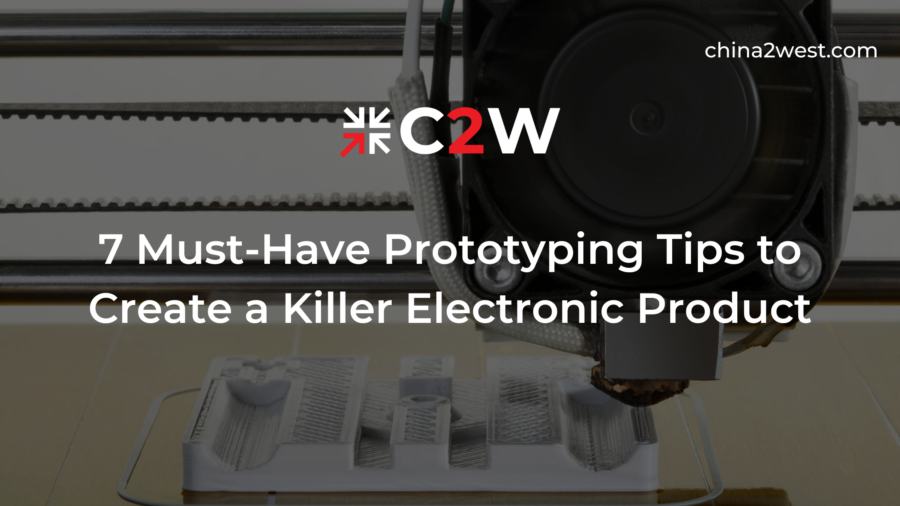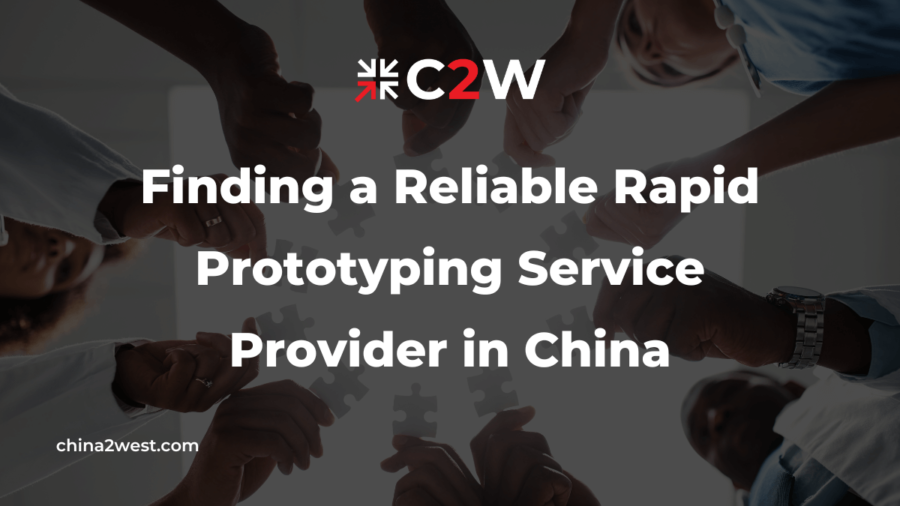As an aficionado of electronics, you may have a brilliant concept for an innovative electronic device that has the potential to revolutionize the world. Nevertheless, transforming this idea into a tangible reality is not as straightforward as it may appear. One pivotal stage of the process is prototyping, which allows you to visualize the design and functionality of your product prior to production.
Without proper guidance, prototyping can be an intimidating and expensive endeavor. That is precisely why we have compiled a list of indispensable tips for prototyping, which will empower you to create an exceptional electronic product that stands out from the crowd.
Tip 1: Start with a Detailed Design
As you embark on the journey of prototyping your product, it’s imperative to craft a detailed and comprehensive design that covers every aspect, ranging from the contours and structure of your product to its underlying functionality.
By doing so, you can save a considerable amount of time and money during the prototyping process.
While creating your design, it’s crucial to factor in the target audience and the specific problem your product aims to solve. This approach can help you fine-tune your design to meet the unique needs of your customers and gain a competitive edge.
To bring your design to life, you can choose to craft it on paper or leverage cutting-edge computer-aided design (CAD) software that can render a 3D visualization of your product with remarkable precision and accuracy.
Using CAD software offers the added benefit of facilitating quick and hassle-free modifications to your design. Besides, you can share the design with your team or manufacturer to ensure everyone is in sync.
Tip 2: Use the Right Tools and Materials
The process of prototyping entails the creation of a tangible representation of your product, requiring the adept use of diverse tools and materials to bring your design to fruition.
An electronic circuitry test may require the utilization of a breadboard, whereas a casing for your product may require a 3D printer, in addition to a variety of manual tools for assembly and testing.
The choice of materials used in the prototyping process is just as pivotal. For instance, if your product is intended for food-related purposes, utilizing food-safe materials is a must.
Similarly, for products that emphasize eco-friendliness, considering eco-friendly materials aligns with your product’s values. Overall, it’s paramount to choose the right combination of tools and materials to achieve a successful prototype.
Tip 3: Test and Iterate
Iterative prototyping is a necessary and ongoing process that involves evaluating and improving the design. Testing is an integral part of this process, and there are various tools available, such as oscilloscopes, multimeters, and logic analyzers, that can help assess the functionality of electronic circuitry.
Additionally, user testing is an effective way to gain valuable feedback on the usability and overall user experience of the product.
Through the feedback received, designers can identify areas for improvement and refine the design to create a new prototype. This iterative process may require multiple rounds of testing and iteration to ensure that the final product meets both the designer’s requirements and the customer’s needs.
It is important to approach prototyping as an ongoing process to ensure that the final product is of high quality and meets all expectations.
Tip 4: Work with a Professional Prototype Manufacturer
If you’re feeling unsure about your abilities to prototype your product or lack the necessary resources and tools, it may be worthwhile to seek assistance from a skilled prototype manufacturer.
Partnering with a professional manufacturer can provide valuable insights and support on critical aspects such as design, materials, and prototyping methodologies.
Additionally, they can assist you in refining your design for manufacturing, ensuring a seamless transition from the prototyping stage to mass production.
When selecting a manufacturer, be sure to evaluate their expertise and reputation. Reading reviews and testimonials from previous clients can help you determine their capability to deliver high-quality workmanship.
Tip 5: Protect Your Intellectual Property
The process of prototyping your electronic product can leave your design and idea vulnerable to theft or infringement, making it crucial to safeguard your intellectual property. To achieve this, there are several measures you can take.
Filing for patents, trademarks, or copyrights is a reliable way to safeguard your intellectual property.
In addition, non-disclosure agreements (NDAs) can help ensure that your design and idea are kept confidential.
By implementing these measures, you can secure your intellectual property and safeguard your hard work and innovation from potential theft or unauthorized use.
Tip 6: Set a Realistic Budget and Timeline
The process of prototyping can be costly and time-consuming. Therefore, it is imperative to establish a pragmatic budget and timeline prior to commencement. It is essential to factor in the cost of materials, tools, and professional assistance, as well as the duration required for testing and refining your design. It is crucial to allocate adequate resources that can account for any unanticipated expenditures and setbacks that may arise during the prototyping phase.
Tip 7: Consider Sustainability from the Start
As an avid electronics hobbyist, you wield the potential to craft solutions that not only resolve a predicament but also render a positive ecological impact.
Throughout the process of prototyping your electronic creation, it’s crucial to prioritize sustainability. Opt for materials that are environmentally friendly, conceive your design with disassembly and recyclability in mind, and strive to minimize energy usage.
By infusing sustainability into your product design, you can attract patrons who prioritize environmentalism and mitigate your carbon footprint.
C2W Takes Good Care of Your Electronic Product Prototyping
After much deliberation, it has become apparent that prototyping is an indispensable component in the journey towards realizing your electronic product concept. Armed with appropriate resources, including the necessary tools, materials, and expert guidance, you are well on your way to developing a game-changing product that will meet the demands of your consumers.
Or you can consider working with a manufacturer like C2W, with its own design and engineering forces and technology, to take care of all your prototyping needs from the get-go. Contact us today, and happy prototyping!



